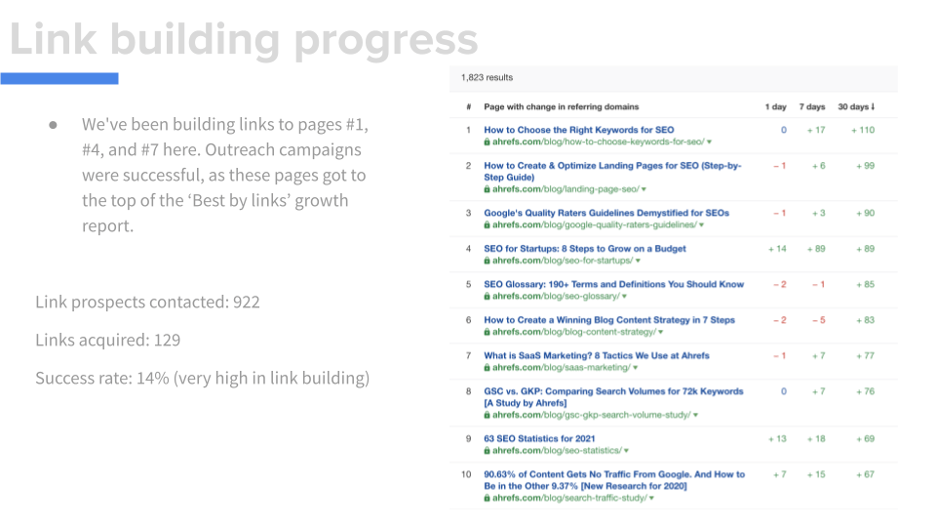In the digital economy, consumers across all markets continue to turn their backs on intrusive and speculative advertising, using ad blockers or simply tuning out when overly aggressive brands interrupt with the latest pitch on how great their products or services are. Instead, prospective customers now prefer to gain information about the commodities they buy from direct research online, or the knowledge they glean from informative web pages, product landing pages, and other resources they encounter through casual browsing or the use of search engines.
This shift highlights the importance of search engine optimization, the insights provided by Google Search Console, and the strategic role of content marketing in attracting and engaging these modern consumers.
Content marketing is one of the principal avenues through which brands can provide this valuable information and insight. Organisations that create content which delivers value to prospective consumers also help themselves by promoting brand awareness, increasing the level of authority and trust in the brand, and by empowering customers to solve their own problems.
However, creating a random blog post or infographic in the hope that someone will see it and associate it with your company isn’t the answer. Especially in the business to business or B2B sector, customers want and expect clear, actionable information and resources that can help them solve real commercial challenges and grow their organisations. The challenge for B2B companies is therefore to consistently create content that’s appropriate to the needs of their target audience, and visible enough for them to discover it through their use of search engines and other online activities.
Check out the following articles to learn more about content marketing:
- How to Improve Content Marketing with Personalisation
- Strategic Content Marketing Agency: How to Hit Targets
- How To Adopt a Great Editorial Content Marketing Mindset
- Editorial workflow: Revitalise Your Content marketing
This is where B2B SEO or Search Engine Optimisation comes into the picture. SEO is the process of increasing the visibility of your web pages in the rankings of major search engines. The more visibility your site has, the greater your chances of attracting relevant prospects at a local, national, or global level.
In order to provide a roadmap for B2B marketers and optimise their company web pages, it is crucial to have a well-defined content strategy coupled with an understanding of search engine algorithms and a well-crafted keyword strategy. This comprehensive approach allows them to drive organic traffic to their resources by offering relevant, high-value content that aligns with the search intent and business needs of both prospective clients and existing customers.
Learn more about how we can help build you B2B SEO Strategy
Developing a B2B SEO strategy
A successful strategy may focus on three aspects of search engine optimisation:
1. On page SEO: This relates to content that is actually on the company web pages, and focuses on optimising it to boost the website's ranking for specific keywords.
2. Off page SEO: Also known as link building or the creation of back links, this strategy focuses on directing organic traffic to the company website from elsewhere on the internet.
3. Technical SEO: Since search engines like Google also take the back end infrastructure of your website into account, technical SEO focuses on optimising this to boost your rankings.
Much of today’s online search volume originates from mobile devices. In fact, the Google algorithm adopts mobile-first indexing, using the mobile version of your site when indexing and ranking pages. So a B2B SEO strategy must also focus on optimising content for mobile consumption. In practice, this means considering aspects like monitoring page load speed, using responsive site design, and improving search engine visibility for your business’s regional location (local SEO).
With these considerations in mind, we recommend the following steps in developing a SEO strategy for site management and content creation.
Make a list of topics relating to your product or service
You can use SEO tools to perform keyword research on these topics to establish their search volume, and develop word variations that make sense for your business. This keyword research will enable you to associate these topics with popular short-tail keywords. Each of these will serve as the main support or “pillar” for a larger cluster of long-tail keywords.
Expand a set of long-tail keywords based on these topics
This will help in optimising your web pages for specific keywords. These long-tail keywords will also assist you in creating site or blog post content for people who have varying interests and concerns within or relevant to the range of topics relating to your business.
Create content on the basis of your topics
You can first create a page or blog post that gives a high-level overview of each topic using the long-tail keywords you have developed. Then develop content to expand on each of your business topics.

[Image source: HubSpot Blog]
Create compelling meta descriptions
A meta description is a brief snippet of text describing the content of a page to the person conducting a search, so that they know what to expect when they click through to it. A high quality meta description will also help your content to appear higher up in the listings of search engine results pages (SERPs).
Develop a content plan
To create and execute a B2B SEO strategy for your content, you first need to fully identify and understand your target audience of B2B decision-makers. To do this, you should create detailed buyer personas for all types of potential prospect.
You may also segment your audience into sub-groups based on characteristics such as business need or purchase behaviour. In doing so, you can utilise analytics data to unveil key information about your audience, including popular search terms, target keywords, title tag, and relevant keywords they commonly use.
On this basis, you can create content that more specifically addresses their needs at each stage of the buyer’s journey. Schedule this content – for example, by creating a weekly blog timetable or monthly spreadsheet plan.
Plan your link building
You can start by sharing links with local businesses in exchange for links to their own websites, or sharing articles on different social media platforms.
Monitor your progress
You can use web analytics or SEO tools to monitor organic traffic, track indexed web pages, conversions, ROI, and your rankings on major search engines.

[Image source: Ahrefs.com]
You can also generate an SEO report to give an overview of the success of your SEO strategies over a specific period of time. This may include metrics like organic traffic results, the SEO health of your website, and inbound link generation.
Get help if you need it
Implementing an SEO strategy for content creation can involve a lot of time, effort, and resources – things you may not have, or are unable to budget for. You should therefore consider employing the SEO services of a specialist marketing agency.
Here at Incisive Edge, we know that finding the right assets or copy to match your business’ search terms is critical. Using a combination of technical experts and copywriters, we are able to produce results for your business, whether we’re targeting niche keywords or more competitive terms.
We do the heavy lifting up front when it comes to forming search engine optimisation strategies. A thorough SEO audit, along with time spent together discussing the intricacies of your business, who your potential customers are, and where you have found them in the past, allows us to build a laser focused keyword SEO strategy together.
To find out more about how Incisive Edge can bring your SEO content strategy to new levels, get in touch with us.





.jpg)

